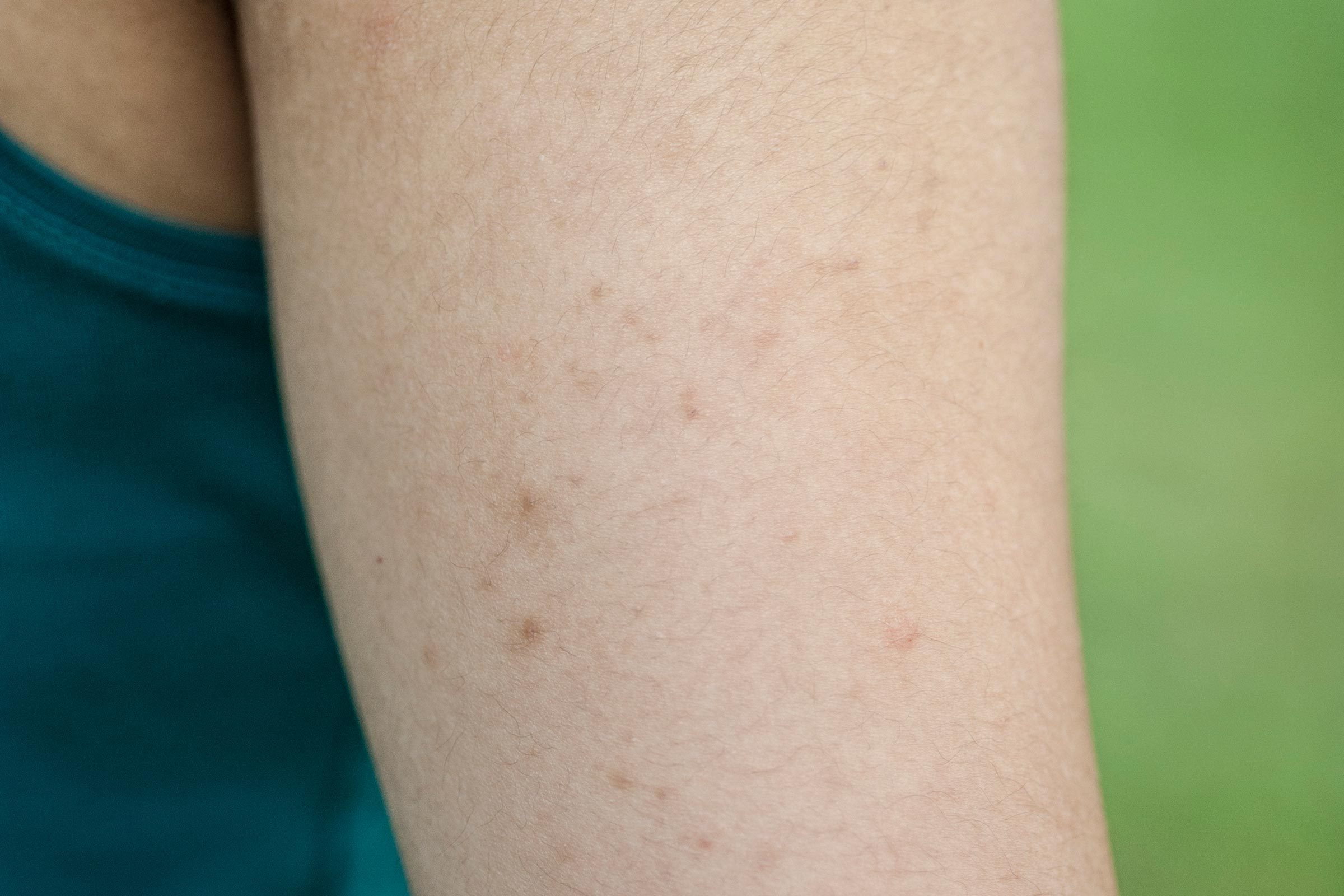Random Dry Skin Patch On Arm
- Posted in:Admin
- 03/04/18
- 97
Getting to the Bottom of Itchy, Scaly, or Burning Skin A skin rash is an area of skin that has become swollen, inflamed, or irritated. Skin rashes can include skin bumps that look like pimples or sores; blotchy, scaly or red skin; and itchy or burning skin. Allergens, heat, and certain medical conditions (some more serious than others) can all cause skin reactions like these. Radiology Program Minnesota here. Some skin rashes occur right away, while others take some time to develop. Some tend to occur on the face while others flare up on the arms, legs, or torso. Location, appearance, and color of a are all factors in determining the right diagnosis and the right treatment. It’s important to note that the word “ rash can mean a whole lot of things to a whole lot of different people,” says, the director of dermatopathology at the University of Colorado School of Medicine in Denver, and a spokesperson for the American Academy of Dermatology.


Skin conditions can be hard to diagnose as many cause a similar looking skin bump. What's Causing Your Skin Rash? Staples One Touch Stapler Instruction Manual. Dry skin covered with silvery scales. Dry flaky patches on arms - Patch upper arm 3 weeks. Sketchup 5 Crack Pes. 1st it was red. I gets these random red, dry. I also have a patch of itchy dry skin on my back shoulder and.
“To a dermatologist, rash is an extremely broad term, ranging from connective tissue disease like lupus, to infections, to something very obvious” — for example, after using a new laundry detergent, you notice redness and irritation in your underarms; when you switch back to your old detergent, it goes away. Some rashes may be relatively harmless and easy enough to take care of at home while others can be more problematic. So how do you know when to see your doctor for medical treatment?, a dermatologist at McLean Dermatology and Skincare Center in McLean, Virginia, recommends seeking medical attention if any of the following symptoms are also present: • Fever, which “can indicate the presence of an infection, serious reaction to a medication, or,” says Dr.
Jones.• Blisters or open sores on the skin, mouth, or genitalia. “Some benign rashes, like poison ivy, can cause small blisters in the skin. However, many times blisters and open sores can indicate a serious or life-threatening condition that requires immediate intervention,” she notes.• A rash that is painful and that is all over the body or spreading rapidly.• A rash that has not improved with home care. High notes that if you’re feeling well and the condition is not interfering with your quality of life, it’s fine to try reasonable home remedies, such as hydrocortisone cream. But if the irritation persists, however innocuous it may seem, it’s a good idea to check with your doctor. “Usually, if a rash has not improved within two weeks of starting home care, seeking medical care would be recommended,” says Jones.
“Contacting a dermatologist or primary care provider is never a bad idea if someone is uncertain about how to treat the rash, or is generally worried about the appearance of the rash,” says Jones. If you're suffering from a skin rash, check out the following images to see if it could be one of these. (Warning: A few of these rashes might be a little tough to look at.)•.
Chickenpox: A Skin Rash Made Up of Blisters The virus known as varicella zoster, more commonly called, creates a skin rash of itchy blisters on the face that spreads down to cover the chest, back, and the rest of the body. It's typically accompanied by fever and headache. Because a is available, chickenpox is less common now, though it still occurs, especially in children under age 12.